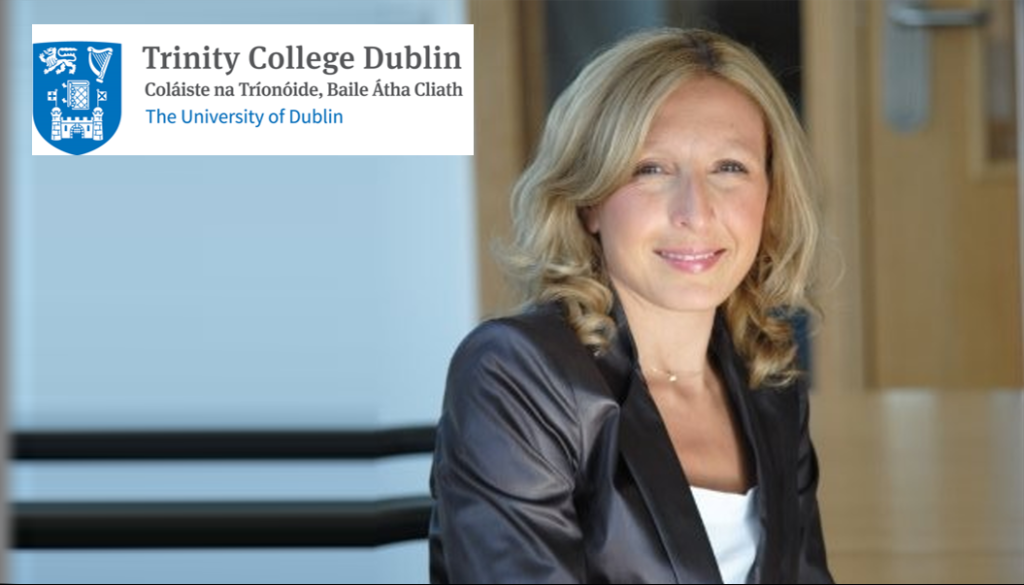Hi, I’m Valeria and I’m a Professor of Nanomaterials and Advanced Microscopy at Trinity College Dublin and my work focuses on the processing and structural characterization of low-dimensional nanostructures, as they are at the forefront of cutting-edge research. My primary interests encompass a range of materials, including graphene, inorganic two-dimensional nanomaterials, carbon nanotubes, and inorganic molecular nanowires, and for the GREENCAP we focus on a specific family of 2D nanomaterials, called MXenes.
What was your original motivation to become a researcher?
Discovery has always fascinated me. Curiosity has always been my driving force.
What is your (main) research area today?
My research focusses on the development of novel nanomaterials to be used for more efficient and sustainable energy storage, namely supercapacitors and batteries.
What is the main objective of your team in GREENCAP?
My team’s main objective in GREENCAP is the development of 2D nanomaterials free from critical raw materials. Our main focus in so a specific family of 2D nanomaterials, called MXenes.
What expertise and facilities does your team have to meet those objectives?
We are a group focused on developing advanced processing and imaging techniques for a wide range of layered nanomaterials. We have over 20 years experience in the field of liquid phase exfoliation of layered materials and applications in composites and energy storage devices.
We have fully equipped labs for the processing and exfoliation of 2D nanomaterials, as well as a fully equipped electrochemical laboratory.
Advanced characterisation of as-synthetised and exfoliated 2D materials, as well as devices is also a major focus of our work. Atomic resolution studies on the exfoliated materials are paramount to characterize the hitherto unknown atomic structure of the nanosheets and to study possible structural defects introduced via exfoliation and the crystallographic stacking that occurs when materials consist of only a few layers. For this we combine HRTEM and high-angle-annular-dark-field (HAADF) STEM. We avail of a fully equipped electron microscopy laboratory and an aberration-corrected NION UltraSTEM200 microscope.
Which aspects of your research at GREENCAP do you believe are the most innovative and what unique opportunities offer GREENCAP to yourself and/or your organisation?
With the current energy crisis, the whole world is living, and we all have the responsibility to give our contribution. Research-wise GREENCAP has the potential to give a major burst to supercapacitors technology, and most importantly in a clean way.
How do you see the future use of the GREENCAP-results and the impact of GREENCAP-project in our daily lives?
The supercaps developed within GREENCAP have the potential to be applied to a wide range of existing technologies, such as in the automotive and rail transportation fields, as well as in portable electronics, space, etc.

